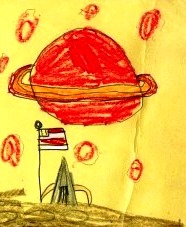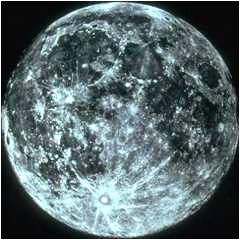Dances for an Expanding Universe Workshops for Students
I spun a star
Which gleamed and glittered in the night.
I spun a star,
Stood watching spellbound from afar,
Until it disappeared from sight…
From I Spun a Star
by John Foster
Our Solar System / Theme and Variation - Activity #3
Description of Learning Activity
Students will:
- Explore creating movement themes and variations related to the sun, the planets, moons, asteroids, comets, and meteors.
- Use critical and creative thinking skills to communicate with movement and dance, characteristics and movement patterns of objects in the solar system.
Next Generation Science Standards
- MS-ESS1-3. Analyze and interpret data to determine scale properties of objects in the solar system. Emphasis is on the analysis of data from Earth-based instruments, space-based telescopes, and spacecraft to determine similarities and differences among solar system objects. Examples of scale properties include the sizes of an object’s layers (such as crust and atmosphere), surface features (such as volcanoes), and orbital radius. Examples of data include statistical information, drawings and photographs, and models.
National Core Dance Standards
- Anchor Standard 10: Synthesize and relate knowledge and personal experiences to make art. Analyze a dance to determine the ideas expressed by the choreographer. Explain how the perspectives expressed by the choreographer may impact one’s own interpretation. Provide evidence to support one’s analysis.
- Collaboratively identify a dance related question or problem. Conduct research through interview, research database, text, media, or movement. Analyze and apply information gathered by creating a group dance that answers the question posed. Discuss how the dance communicates new perspectives or realizations. Compare orally and in writing the process used in choreography to that of other creative, academic, or scientific procedures.
Common Core State Standards
- ELA/Literacy –RST.6-8.1 Cite specific textual evidence to support analysis of science and technical texts.
- RST.6-8.7 Integrate quantitative or technical information expressed in words in a text with a version of that information expressed visually (e.g., in a flowchart, diagram, model, graph, or table).
- SL.8.5 Include multimedia components and visual displays in presentations to clarify claims and findings and emphasize salient points.
- Mathematics –MP.2 Reason abstractly and quantitatively.
Copyright S. Harlan Brownlee: No copying or other reproduction of this work allowed without the express written permission of the author, ©2014.


